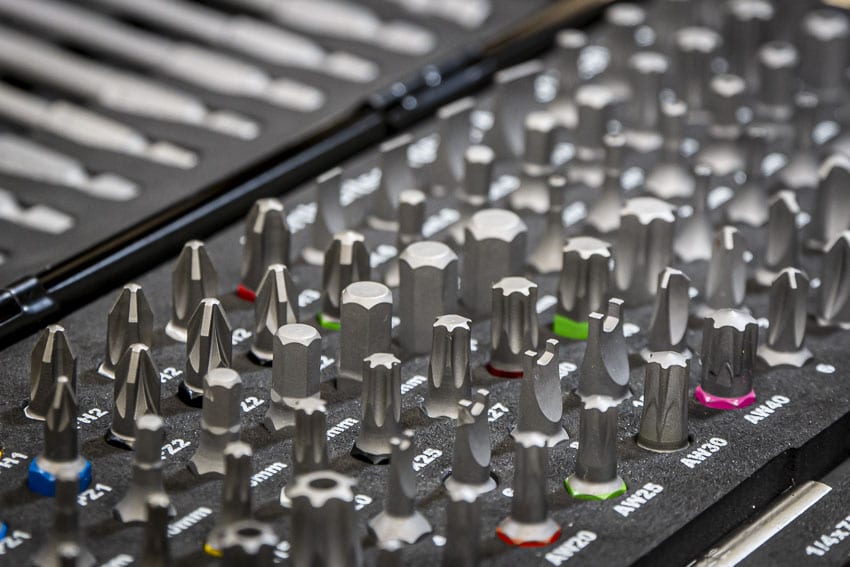If you’ve been around the trades long, you know screws go way beyond just slotted (flat head) and Phillips styles. The automotive industry, in particular, seems to be great at inventing new ones. We pulled together a list of the most common specialty screwdriver bits along with photos to help you identify what screwdriver bit to use when the need comes up.
We cover a lot of bits here. If you get toward the end of the list and you’re thinking, “yep, I use all of those,” then take a look at Wurth USA’s 105-piece universal bit assortment where you can get them all in one handy case.
Extended Shank Screwdriver Bits
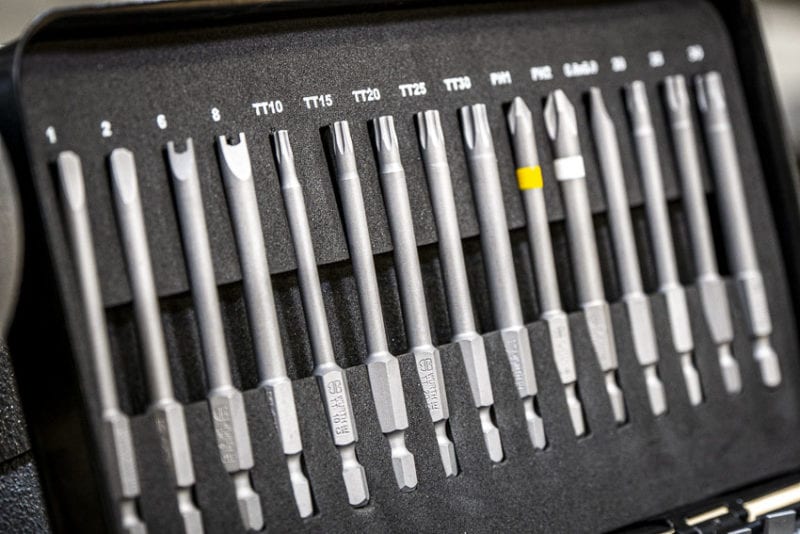
Phillips and slotted bits are pretty standard fare. When you need a longer one for better reach, look for “extended” bits or simply search by the length in inches you’re looking for.
1/4-Inch Hex Shank Screwdriver Bits
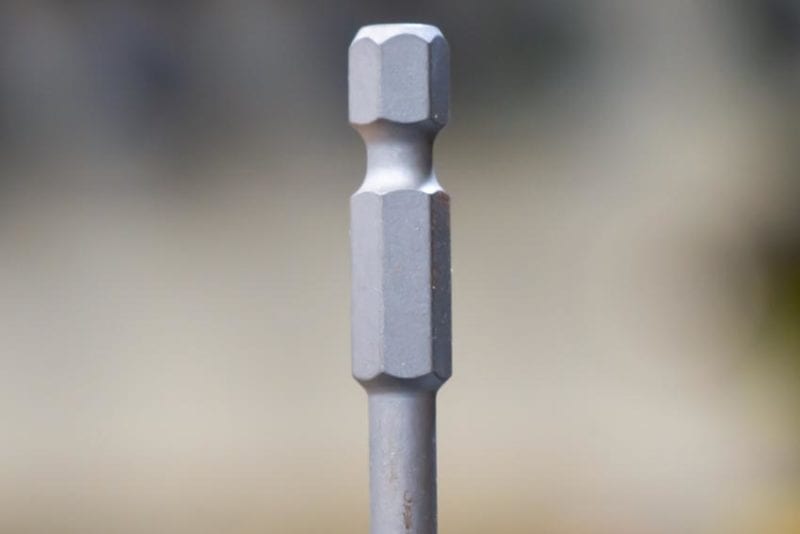
Some of the most common specialty screwdriver bits simply have a 1/4-inch hex shank at the end that flares in and then back out again. These fit just fine in multi-bit screwdrivers and drills, but they’re specifically designed to fit the collet of an impact driver.
Square Screwdriver Bits
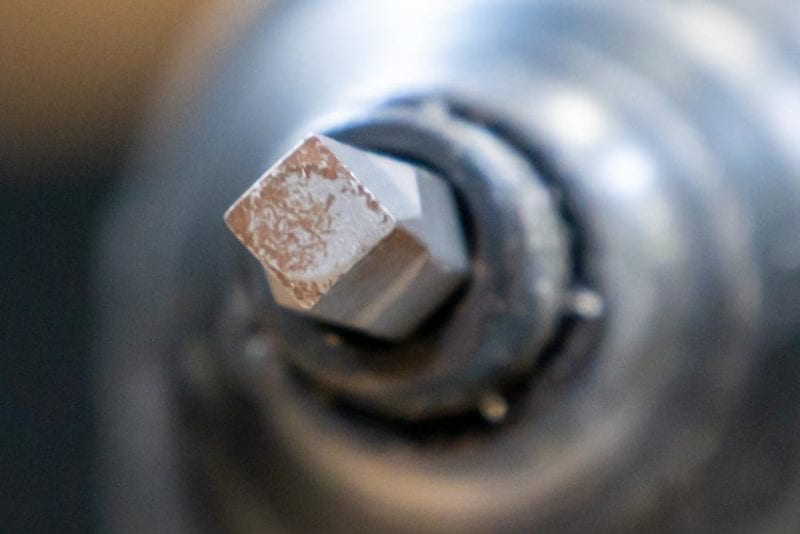
Very common in the electrical trade, square bits are exactly what they sound like—4 flat sides of equal length create the bit.
Hex Head or Allen Screwdriver Bits
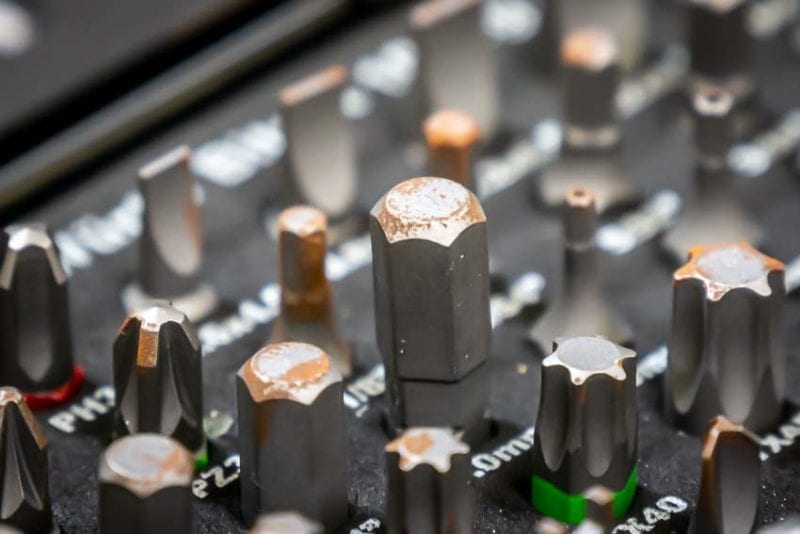
Hex head bits or Allen bits have 6 flat sides and the screws or bolts that go with them are very common. You’re probably already familiar with these thanks to the hex keys—AKA Allen wrenches—that come with your Ikea furniture. The bits are exactly the same, they just fit in a screwdriver or drill instead. They also make your furniture assembly MUCH easier than manually using a hex key.
Torx Specialty Screwdriver Bits
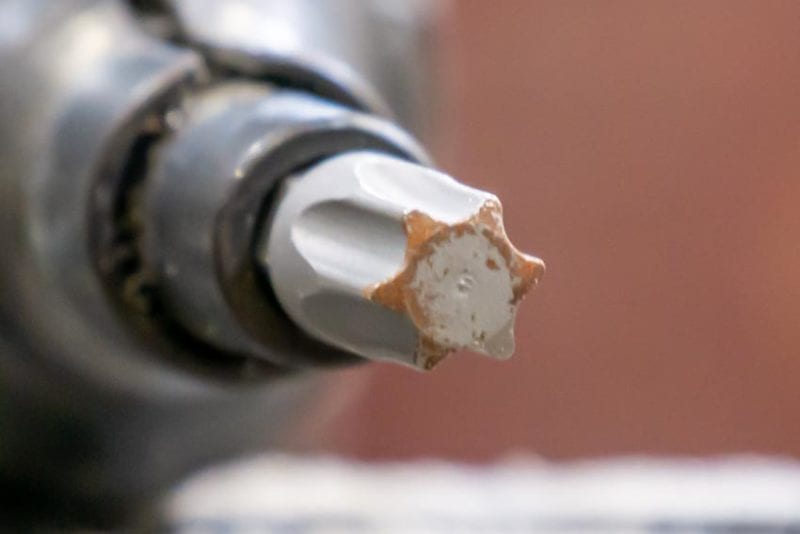
Torx bits (or star bits) are a type of screwdriver bit that has 6 points instead of flat sides. These provide much better grip security than standard bits and are widely used around the trades.
They run roughly the same size range as a lot of hex head bits and can even fit in a hex head screw. However, the points don’t grip those flat sides as well and will slip as you increase the torque.
6-Lobe or Torx Plus Specialty Screwdriver Bits
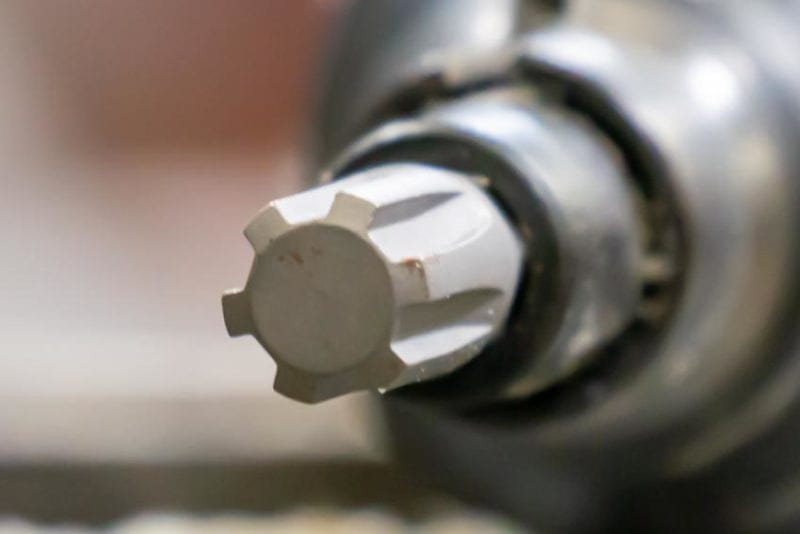
6-Lobe bits are also referred to as Torx Plus. The way to tell the difference is that Torx bits come to a point and 6-lobe or Torx Plus bits have distinctly squared-off ends instead of points. The two styles are not interchangeable. Security versions of Torx Plus complicate things further by having 5 lobes instead of the normal 6.
Triple Square and Double Hex Specialty Screwdriver Bits
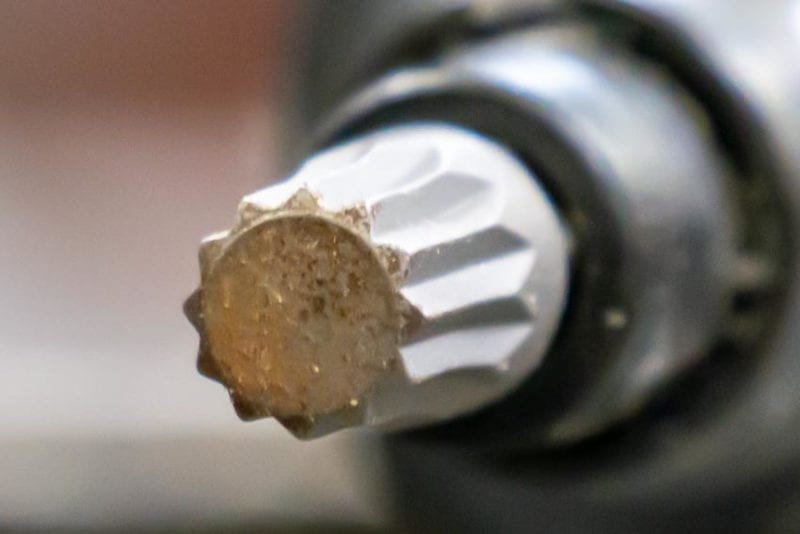
Both Triple Square and Double Hex screwdriver bits take the Torx idea to another level. Both bits have 12 points instead of 6. They’re also much shallower points than you find with Torx bits. The triple square finds use on many German vehicle bolts that require higher torque levels. 12-point double hex specialty bits and bolts are most used for the head bolts on some Lexus and Toyota vehicles.
Pozidriv Specialty Screwdriver Bits
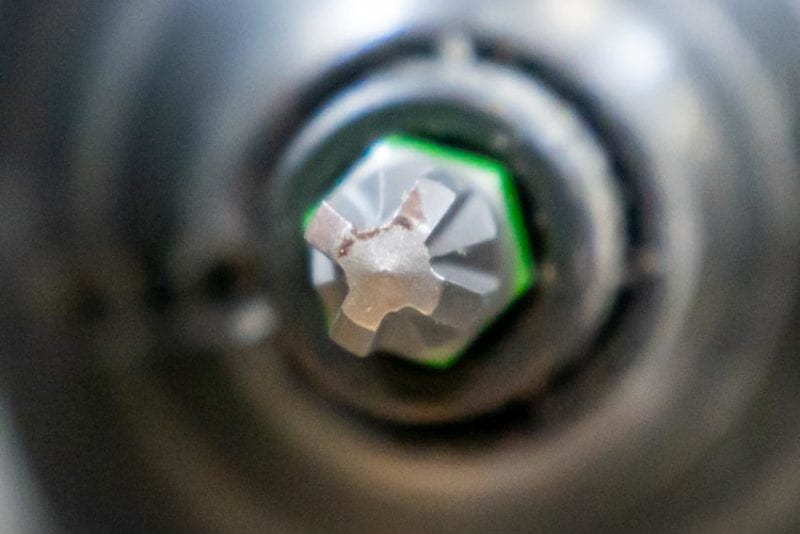
Pozidriv is a type of bit that looks very similar to a Phillips head at first glance. The telltale difference is smaller ribs moving into each corner created by the cross arms. The big deal is that the two types aren’t interchangeable despite how similar they may appear.
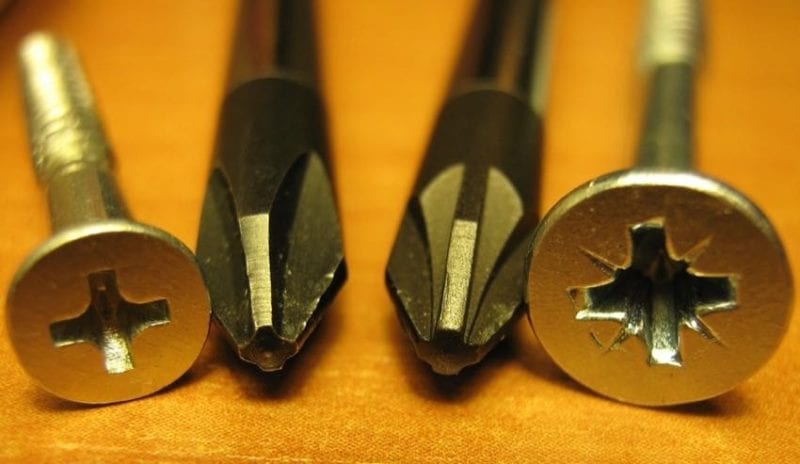
Pozidrive doesn’t fit in a Phillips screw head well at all. While you might be able to get a Phillips bit into a Pozidriv screw head far enough to turn, it’s unlikely to give you enough grip to fully tighten it.
Torq-Set Specialty Screwdriver Bits
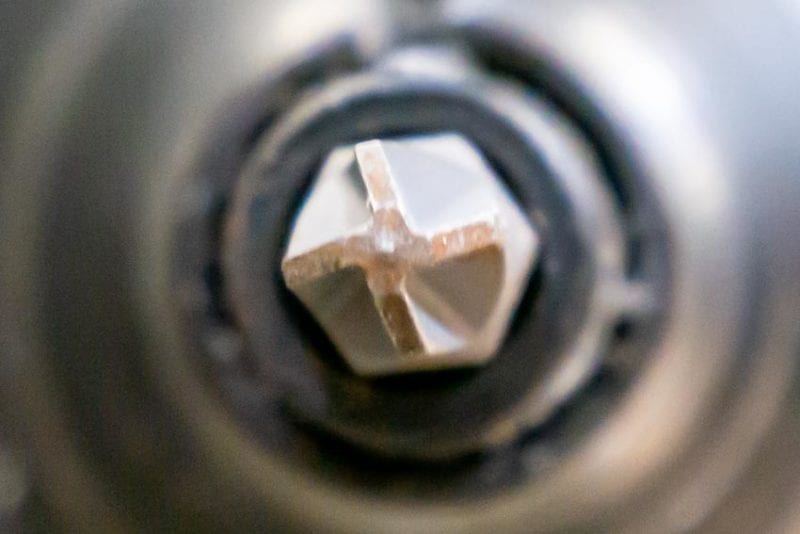
Torq-Set screwdriver bits are another type that looks very similar to the cross form of a Phillips bit. For this one, it appears someone twisted it slightly.
Like Pozidriv, these are not cross-compatible with Phillips. If you look at the bit from the top, you can see that the opposite arms of the cross are slightly offset from one another.
Tri-Wing Specialty Screwdriver Bits
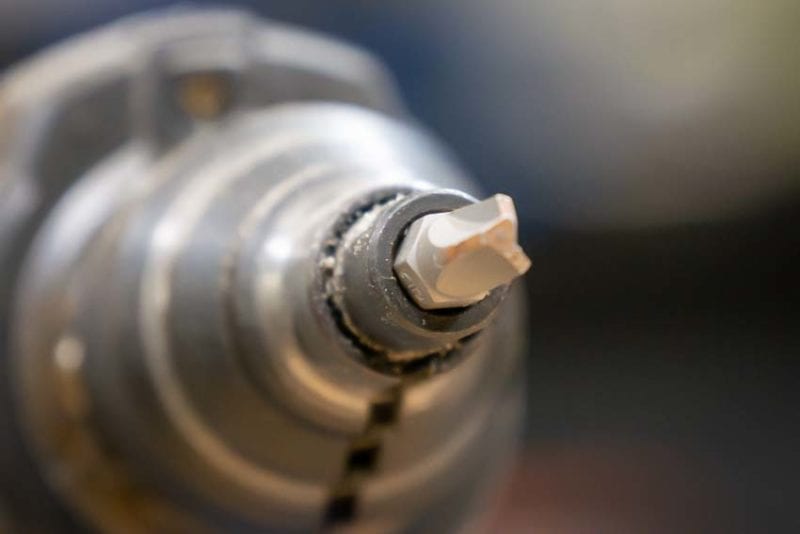
Tri-wing bits are similar to Torq-Set bits but with 3 wings instead of 4. The design’s ability to act as a security bit is clear considering the number of tips and videos out there on how to defeat them without having the correct bit. Believe it or not, the most common place we’ve encountered these is inside of Apple Macbook Pro laptops!
Spanner Specialty Screwdriver Bits
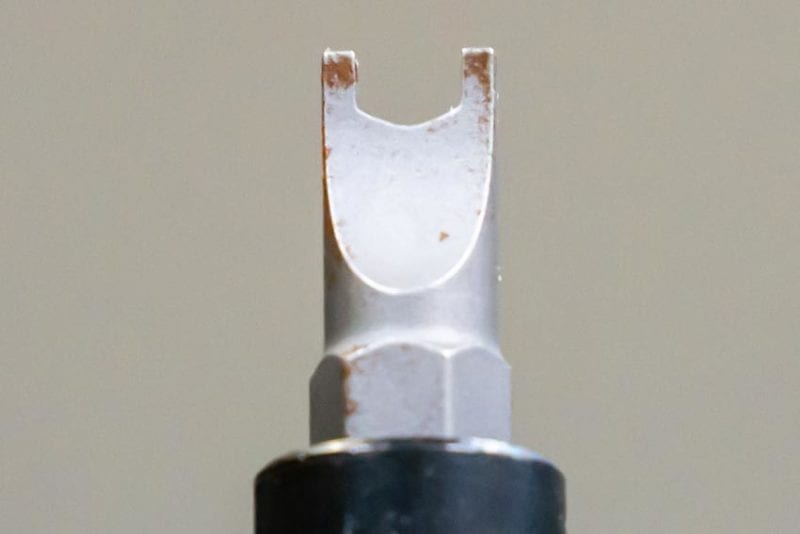
I saw my first spanner bit (sometimes called snake-eye) when I was in elementary school and I was fascinated by what it might be used for. The ends look like a slotted tip with a U shape cut down into the center.
As I later found out, it’s just a helpful type of security bit that’s common in public areas where it might otherwise be easy to tamper with things. Seeing it in an elementary school makes total sense.
Clutch Specialty Screwdriver Bits
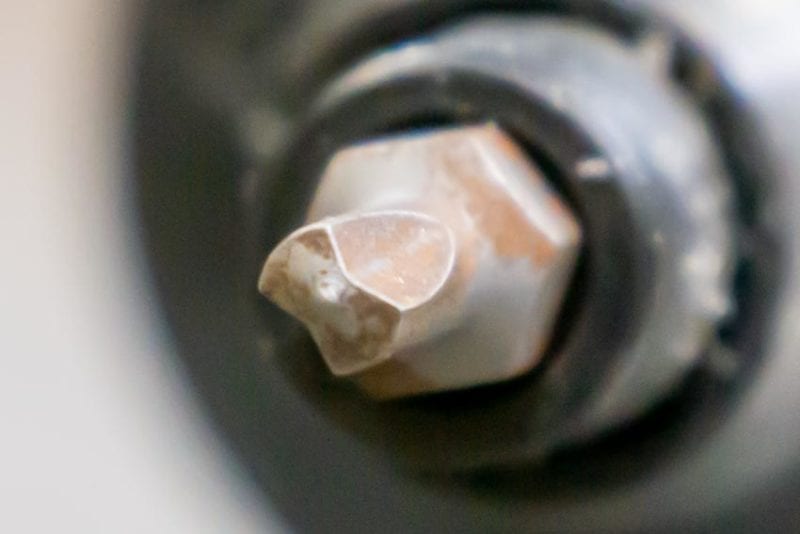
Clutch bits are one of the most unique design in the specialty category. When you look at the tip from the top, it take on a bow tie or hourglass shape.
These bits were very popular on vintage motorhomes. If you own one or are thinking about buying one to restore, chances are you’ll need a set of clutch bits.
Tamperproof Screwdriver Bits
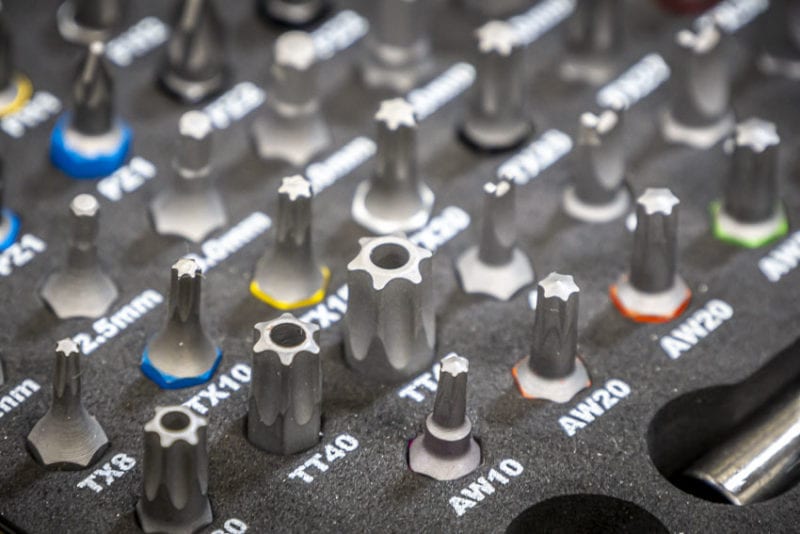
When you see a screw head with what looks like a pin in the center, it requires a specialty screwdriver bit called “tamperproof“. These bits have a hole in the center to match the pin. Some brands call them “security” bits, while other brands consider a variety of specialty screwdriver bits to be security by nature.
Manufacturers use these on products that are generally unwise for the average DIYer to get into. However, it’s not difficult to get your hands on these bits.
Torx are the most common tamperproof bits we run into and hex is also pretty common.
Y-Adapter Screwdriver Bits
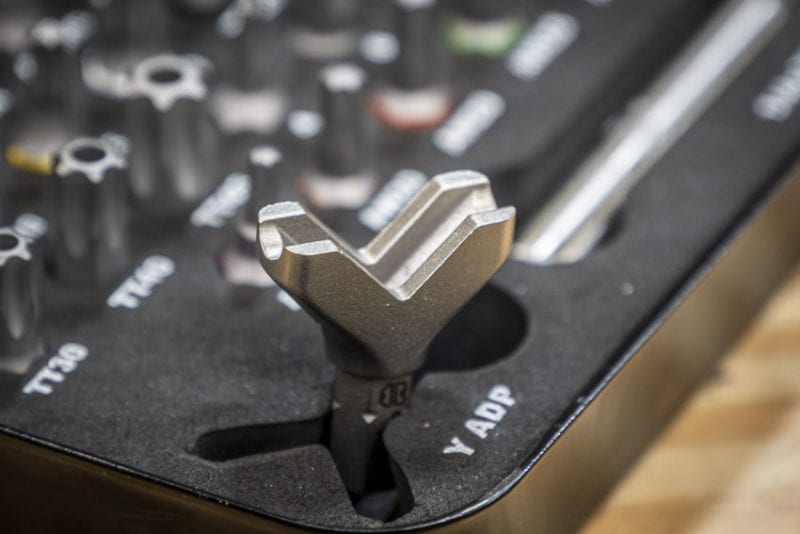
A lot of people wonder what Y-adapter bits are used for. Looking exactly like a Y, there’s a slot cut all the way across the top that helps you install eye bolts and hooks easier. Once you try it for the first time, you’ll want one every time!
See any common specialty screwdriver bits we missed? Let us know in the comments below!

